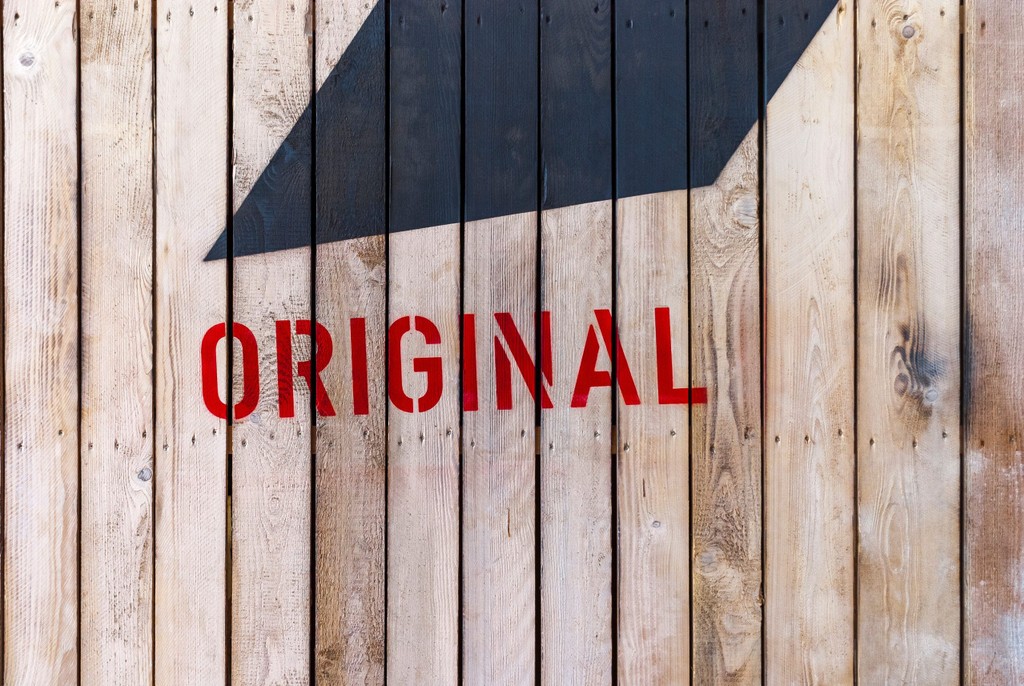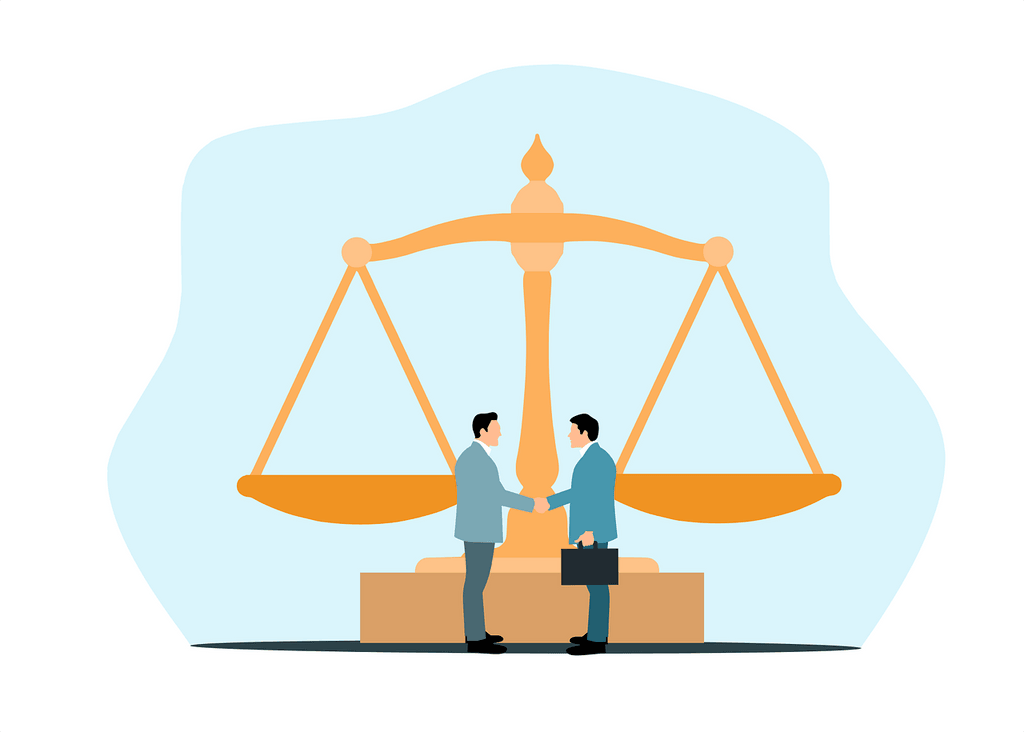Free Patent Filing Assistance in Austin
Austin has been very competitive in the number and quality of patents it issues each year. The number of patents that the University of Texas has earned is third in the country. Austin is home to many of these inventors and is known for its Inventors Program.
Austin was ranked No. 3 “Most Inventive City” due to patent activity by Wall Street Journal in 2006, Austin was named the No. 2 Forbes’ 2010 list of America’s Most Innovative Cities (based on per capita patent activity and VC investment).
Patent filing can be expensive, but Texas’ Patent Pro Bono program can help. This nonprofit matches patent attorneys and agents with inventors who are under-resourced. This service is free to individuals, and there is no charge to participate. There are several different programs that offer free help. These include:
Image credit: PixabayCost of a patent application
Patent applications are costly, but they are not impossible. A patent attorney can help you with the process. There are several factors that determine the cost of a patent application. One factor is the complexity of the invention. Generally, the costs includes search fees and attorneys’ fees.
Nevertheless, it is a good idea to have at least some of the claims outlined before filing a full patent application. Provisional applications usually cost about two-thirds to four-fifths of the cost of a full patent application.
Patent drawings are another factor that affects the cost of a patent application. There are different rates for patent illustrations, and the cost of a patent illustration depends on how complex your invention is. Some patent illustrators charge an hourly rate while others charge per sheet. If you choose to hire a patent illustrator, it’s best to plan ahead.
The cost of a patent application will vary. Applicants may also choose to selectively file for patents in other countries, which can be more affordable. Another factor that impacts the cost of a patent application is whether the applicant plans to file a provisional or a full patent application. A provisional patent application can be filed for much less than a full application, and doesn’t include any patent claims.
Steps to filing a provisional application
When filing a provisional patent application, you must describe your invention in detail. Including details on how your product works, dimensions, shop drawings, abstracts, and schematics are all important to ensure your invention is protected. When writing your description, make sure there are no grammatical errors and that you include all relevant information. It is also helpful to include pictures of your invention if possible.
You must make sure your invention is original and new. Patent examiners will check your application for prior art, which is prior inventions described in publications or patents. If the examiner finds prior art, your application will be rejected. To avoid this, it is a good idea to perform a simple prior art search.
A provisional patent isn’t as important as a full patent, and it won’t grant you the rights to sell your product or service. It will only grant limited protection, but it can help you get your product to market faster, secure investment capital, or move quickly into production and distribution. However, you should note that a provisional patent can take up to 22 months to be issued.
A provisional patent application is the most affordable way to protect your invention. It does not need to be filed by a professional patent attorney. A provisional application is not a legally binding document, but it is important to be detailed enough to protect all aspects of your invention. If you’re unsure about the details of your invention, consider hiring a patent attorney to help you with your application.
The USPTO website has extensive information on the PPA process. If you have an idea that you think will be valuable, a provisional patent application can help you secure your IP rights and gain early filing date.
Image credit: UnsplashIntellectual property attorneys
Whether you need help drafting a patent application, protecting a new product, or filing a trademark application, a patent attorney is an invaluable resource. These Austin-based professionals can help you with all of the necessary paperwork. They can also help you navigate the complex world of intellectual property law.
You can use the Internet to find a patent attorney in Austin by searching online. Many of the patent attorneys listed on these websites also have profiles that include their biographical information and contact information. Some of them also include links to their firms’ and personal websites. These profiles also feature a contact form to make it easy to contact the right Austin patent attorney for your needs.
Whether you’re a first-time entrepreneur, an established business, or a large tech firm, hiring a patent attorney is an essential step in launching your business. Patent attorneys know how to negotiate contracts with companies that are trying to protect their intellectual property. They also know how to draft contract clauses to protect you from potential pitfalls.
Image credit: PixabayAustin residents have access to a host of unique resources and assistance in their state. Texas Regional Office provides additional support and resources for customers in the Southern region of the United States.
Law school clinics
Austin inventors and entrepreneurs can obtain free legal help for both patent and trademark matters by contacting the following:
- South Texas College of Law clinic (patents)
- Baylor University clinic
- Southern Methodist University clinic (patents)
- Texas A&M School of Law Patent Clinic
- Texas A&M School of Law Trademark & Copyright Clinic
Patent and Trademark Resource Center (PTRC)
Certain libraries throughout the United States are designated as Patent and Trademark Resource Center (PTRC), which provide resources and trained staff to help customers use and understand USPTO information and filing systems. Austin is served by:
Patent Pro Bono Program
Austin inventors are served by TALA Patent Pro Bono for Inventors, part of the USPTO’s nationwide pro bono program that matches inventors who qualify (based on income) with volunteer attorneys and patent professionals that will help you file your patent application.
This unique program provides financial assistance to financially poor inventors in Texas for filing a patent application with the US Patent and Trademark Office.
Individual inventors can receive services through the Patent Pro Bono program if they meet the financial requirements and have completed a training program developed by USPTO.
TALA’s Patent Pro Bono program currently serves solo inventors who;
- Are Texas residents.
- Have a total combined household income of less than 300% of the federal poverty guidelines.
- Are currently under no obligation to assign the rights to the invention.
Before being accepted for the TALA Patent Pro Bono program, participants are required;
- to meet a financial criteria and residence requirement for qualification;
- to complete the USPTO online course “Basic Patent Training for Independent Inventors and Small Businesses” and print out the certificate of completion;
- either have a completed provisional application with at least 6 months left before the non-provisional is due OR have a determination of a patent attorney from TALA’s Patent Pro Bono clinic that the inventor is ready to enter the Program.
About Prior Art
Inventors should always search for inventions already in public use that are the same or similar to their invention. This is called “Prior Art”.
A person shall be entitled to a patent unless, the claimed invention was patented, described in a printed publication, or in public use, on sale, or otherwise available to the public before the effective filing date of the claimed invention. AIA 35 U.S.C. 102(a)
Inventors who have filed a provisional application with the USPTO with at least six months remaining until the non-provisional is due may enter the program directly.
Patent Attorney Advisors may be requested by inventors who haven’t filed a provisional application after registering to attend TALA’s Patent Pro Bono clin. The advisor will assess the inventor’s patentability, readiness, fit, and suitability for TALA’s Patent Pro Bono program. After the consultation, inventors who have been screened and are ready to file a patent application can be admitted to the program. TALA’s Patent Pro Bono clinic is free.
Inventiors are required to pay $100 if they are accepted into the program. TALA can help locate a pro bono expert to assist. If this happens, there is no charge to the agent or patent attorney. However, there are filing related fees payable to the USPTO that the client must cover.
Importance of Prior Art
Under the Patent Law, on taking up an application for examination, the examiner shall make a thorough study thereof and shall make a thorough investigation of the available prior art relating to the subject matter of the claimed invention. Essentially, if your invention is disclosed anywhere in the prior art, it is not patentable.
Search for Prior Art
It is a great place to begin is to search for existing patents. You can search the USPTO website, the European Patent Office website, any of the paid subscription services or Google Patents. If you do a good search, you will find similar inventions to your invention. Moreover, prior art searches should help educate you, as the inventor, as to the current state of your particular field.
Image credit: PixabayUT Austin’s Inventor Program
The University of Texas Austin Inventor Program was developed to encourage students to pursue innovative ideas by connecting them with real-world problems. Students collaborate with faculty, alumni, and community organizations to develop problem proposals and design projects that will benefit the community. As part of the Inventor Program, students are required to design prototypes, conduct market research, and make recommendations for procedures and policies. Students who complete the program are highly qualified to enter the workforce.
This program offers an educational environment for innovative ideas and the chance to work with renowned experts in the field. It is part of the University’s College of Natural Sciences and emphasizes inclusion, diversity, and equity. Students participate in the program’s Inventors program and can also take part in the institute’s Sprints and Practicums. It is the first of its kind and works with students from around the world to help them create and launch their own business.
UT Austin researchers who received U.S. patents in the last fiscal year were recognized at the Inventor Award Ceremony. The program also features the UT Austin Commercialization Series for faculty interested in commercialization. It recognizes UT researchers who have created new products and technologies and applied them to real-world problems. While many ideas are uncommercialized, others are becoming the next big thing. UT Austin’s Inventor Program can help entrepreneurs develop new ideas and business plans.
https://www.ycombinator.com/documents/
https://techcrunch.com/
https://www.uspto.gov/learning-and-resources/startup-resources
https://www.sba.gov/business-guide/plan-your-business/fund-your-business
https://hbr.org/1998/11/how-venture-capital-works
http://patentpc.com/
http://uspto.gov/
Inventors and Patents From the City of St Paul
Sbdc Incubator Accelerator For Startup Founder In Colorado
Tips for Filling Out an Invention Disclosure Form Template
Inventors and Patents From the City of Visalia
Inventors and Patents From the City of Seattle







